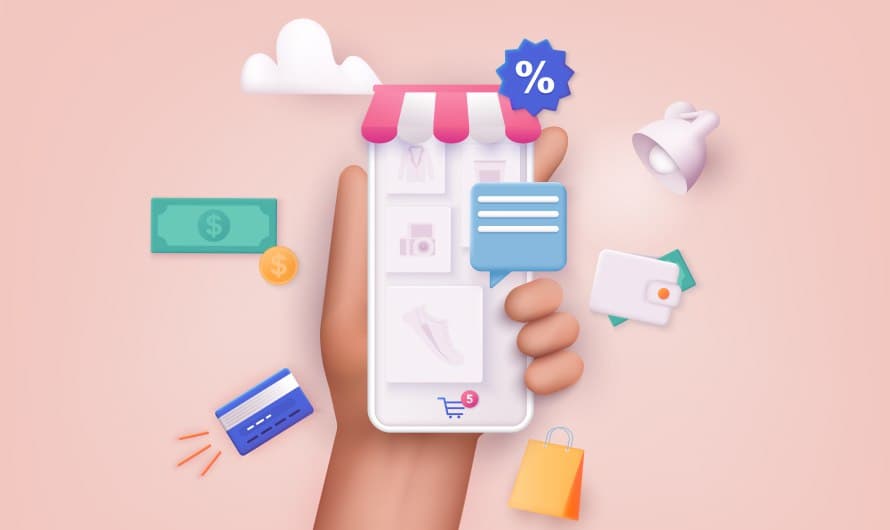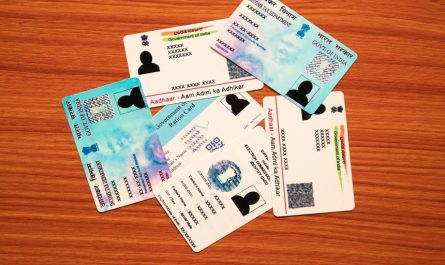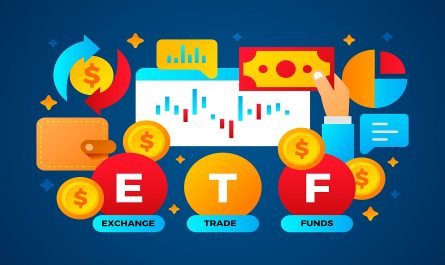There was a time when money was either inside banks, or in people’s hands. If you wanted to access the cash in your bank account, you had to approach the bank and receive the cash in your hands. Then you could go and spend it however you wished to. This was a very time consuming process.
But, that is not the case anymore. With fast evolving technology and simplified systems all around us, money has now gone digital. You need not hold cash in our hand. Just point your Airtel Thanks app towards a QR code and the transaction takes place digitally.
Online payment has now changed the world as we know it. But let’s look into the history of online payment systems and how it has grown over the years.
Money Transfers
Western Union introduced money transfers to the rest of the world in 1871. They realised that people wish to use a payments system that sends money from one account to another account in a swift manner. Even better – this was a process in which bank staff did not have to get directly involved.
Easy and long distance transactions have now finally become a reality. But internet, which facilitates online payment, was not discovered yet.
Online banking services
Around 1994, the Stanford Federal Credit Union introduced online banking services for its customers. However, the online payment systems of those days were nothing like we have it now. To operate on this particular interface, you would need a high degree of computer and data encryption knowledge.
At the same time, Jeff Bezos found Amazon while Pizza Hut started accepting orders online through a website. This was the beginning of the e-commerce revolution that would take the world by storm.
How did digital online payments start?
Before the rise of online payment apps, cards were the go-to method of paying online for millions of Indians. People started seeing debit and credit cards as the secure alternative to cash, which could be used both inside stores as well as on online platforms.
Seeing the rising popularity of these cards, banks also started pushing out multiple rewards associated with these cards, such as loyalty points, discounts etc. This encouraged more people to use cards.
Active role in online payment by the Government of India
In 2015, the National Payments Corporation of India (NPCI) introduced the UPI. UPI stood for Unified Payments Interface and provided the underlying technology that would make payment apps run smoothly. Driven by the constant and active support of the Government of India, UPI took off very soon.
Demonetisation in India also played a significant role in ensuring more people shifted towards a digital economy. During this time, people started to realise the benefits associated with online payment systems after this, and the trend stuck.
Smartphone penetration helped in increasing online payments
Smartphones have also had a major impact on the overall growth of the payment apps, such as Airtel Thanks. Without the availability of smartphones and cheap internet, getting people to use online payment would have been difficult.
A large section of the society would always have remained away from these digital payment services, if internet connection and mobile phones were expensive. Thankfully, Airtel offers you several cheap prepaid and postpaid plans, which ensures your mobile phone bill doesn’t mount up unexpectedly.
Airtel Thanks’ online payment method links with your bank account, and you can complete monetary transactions anywhere, simply by tapping a few buttons. In addition, it also offers multiple benefits when you use the app to recharge a phone number.
You can also use the app to book tickets, pay for FASTag, purchase multiple financial services and a lot more. Switch to the most effortless and simplified app for online payment today and see the difference yourself.



